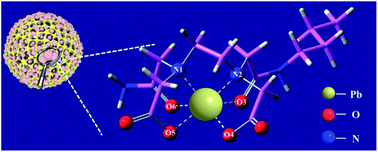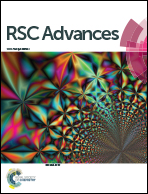Heavy metal adsorption using structurally preorganized adsorbent
Abstract
Heavy metal pollution is an essential environmental issue in the world. The current methods present limitations for the removal of low concentration divalent heavy metals from wastewater, such as high cost, unsatisfactory adsorption capacity, and poor reusability. Herein, we designed and prepared a novel chelating adsorbent. The adsorbent was prepared using chloromethyl polystyrene microsphere as a framework material modified by ethylenediaminetetraacetic acid (EDTA) with two types of functional groups and six binding sites in one coordination unit. Each coordination unit of the adsorbent prepared provides two negative charges of two carboxyl groups to balance the two positive charges of the divalent heavy metal ion, and forms coordination bonds through its two nitrogen atoms and two amidic carbonyl groups. This synergistic adsorption effect produced by electrostatic interaction and chelation significantly improves the adsorption capacity. The adsorption of some environmental heavy metals was tested, and high adsorption capacity for Pb(II) was obtained. The saturated adsorption capacity for Pb(II) was as high as 352.1 mg g−1, and the effluent concentration of the column experiment was less than 0.20 ppm. Simultaneously, the presence of the amide group shows good anti-interference to alkali metals and alkali soil metals. The result is of considerable significance to the actual wastewater treatment.



 Please wait while we load your content...
Please wait while we load your content...